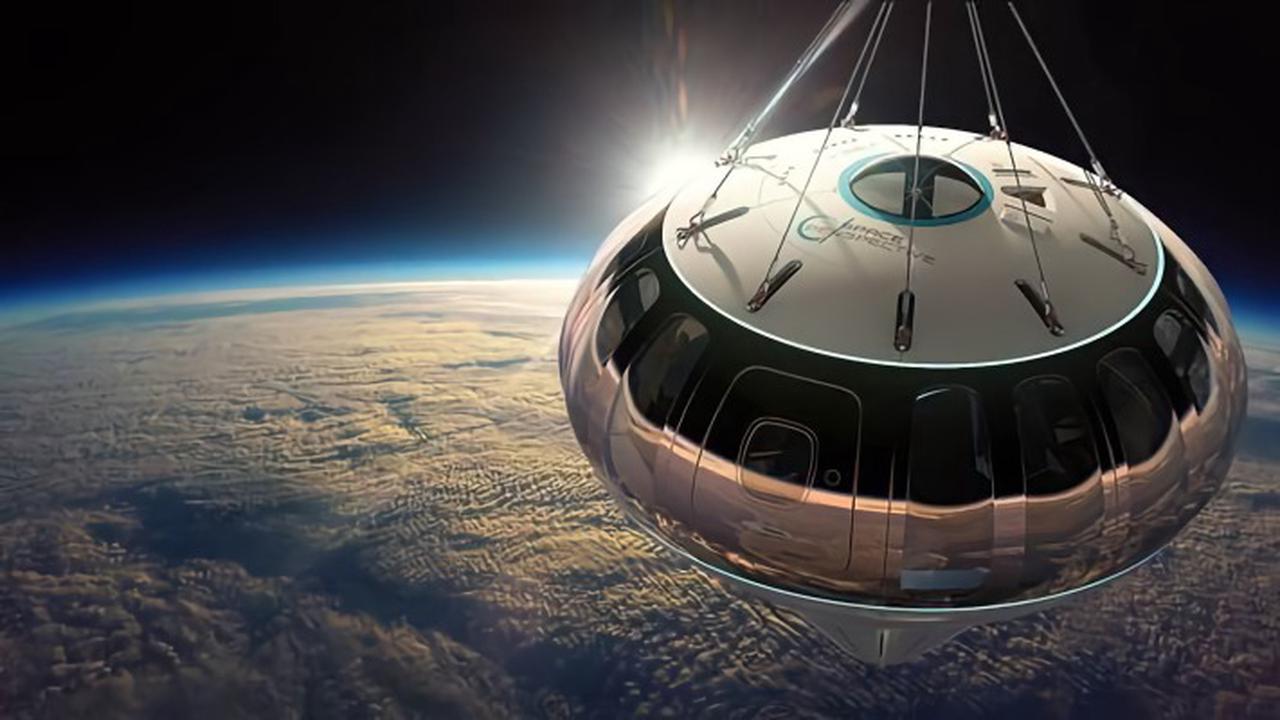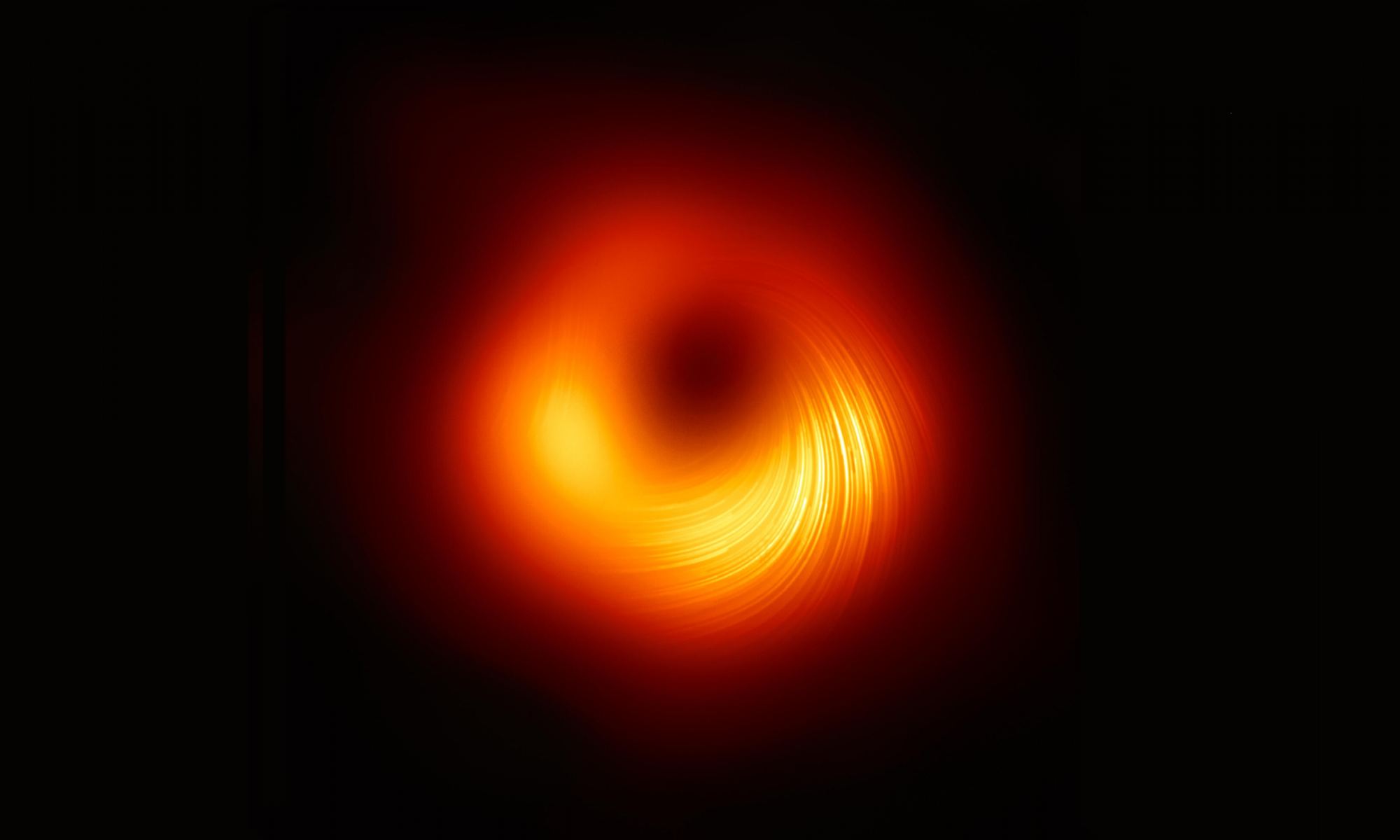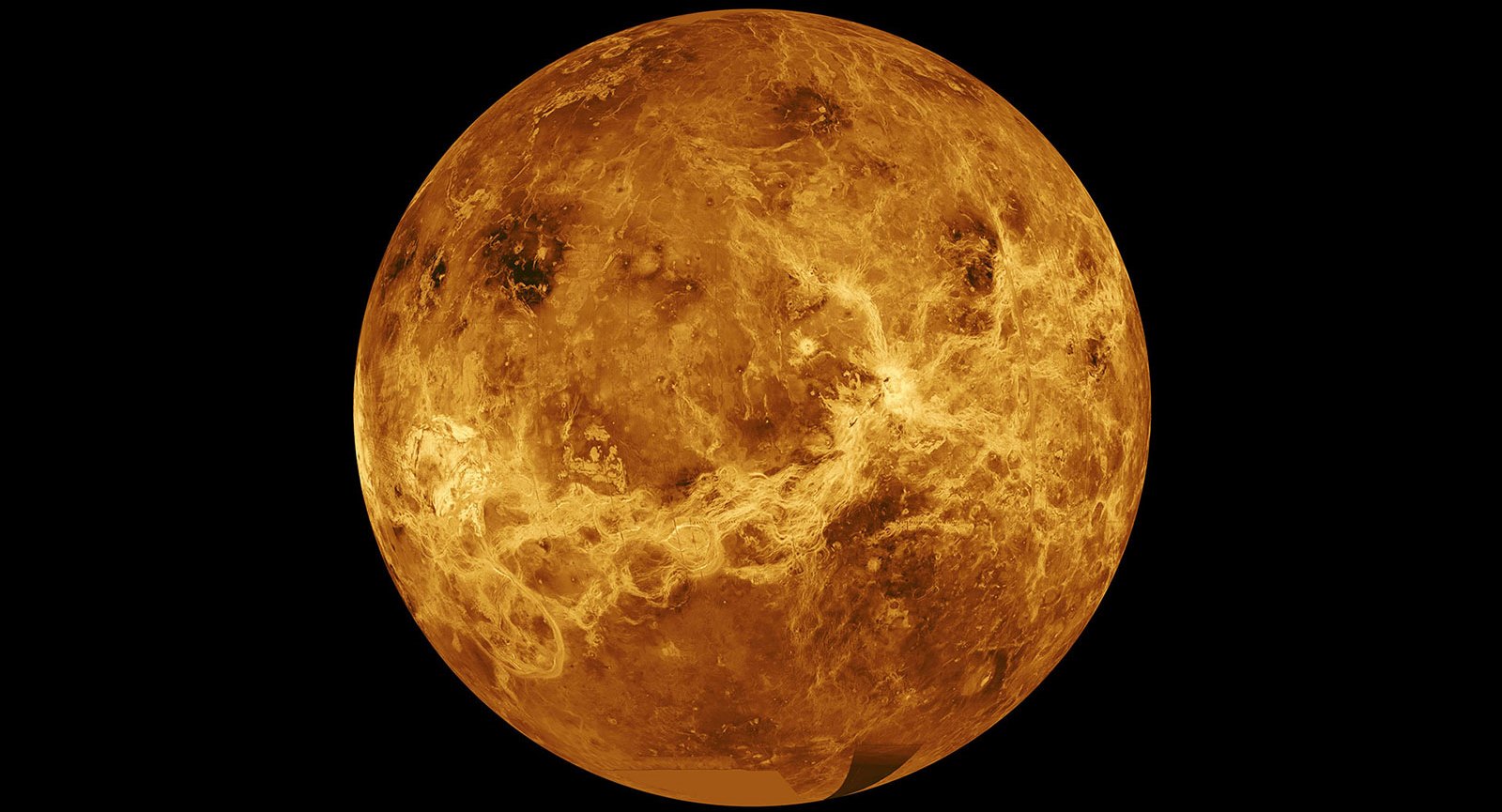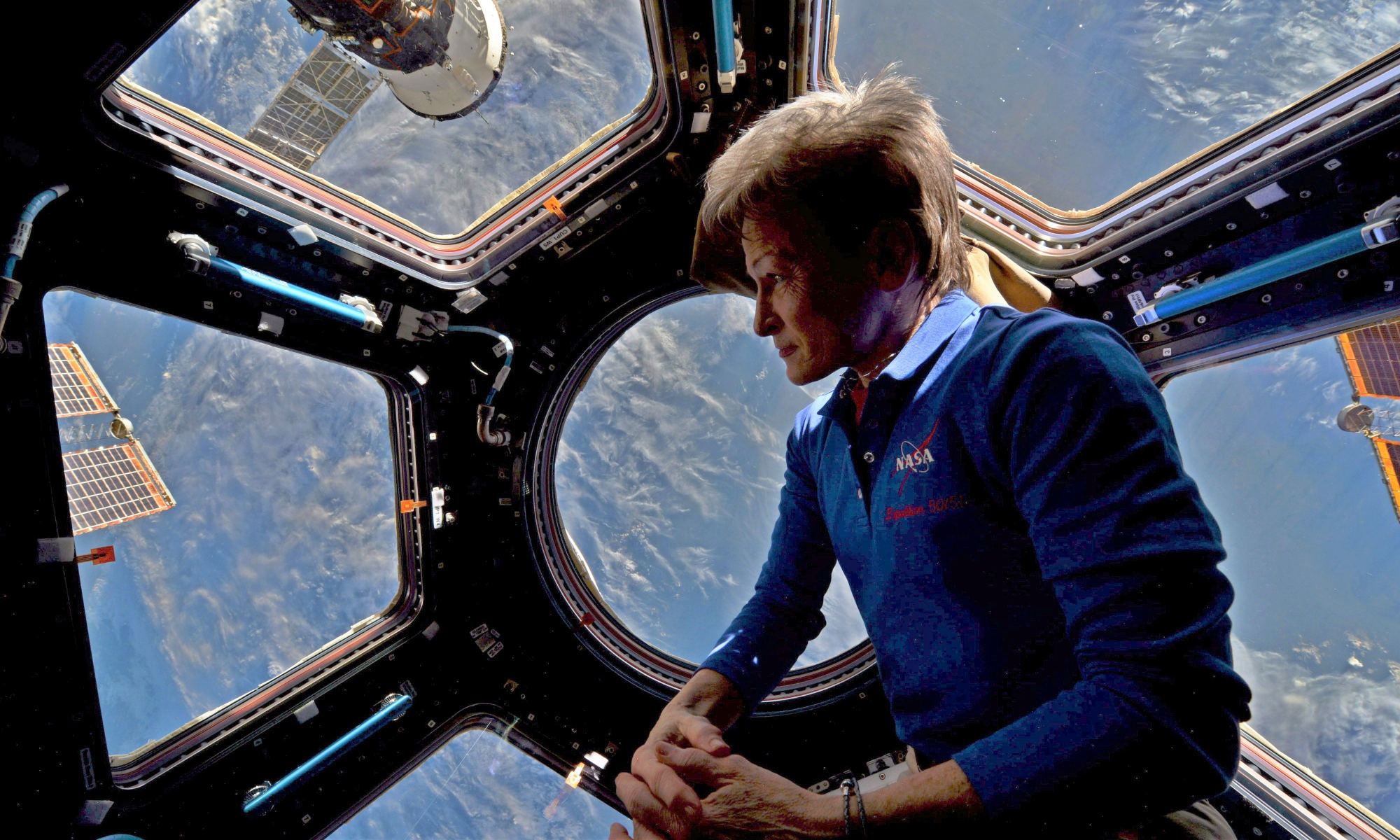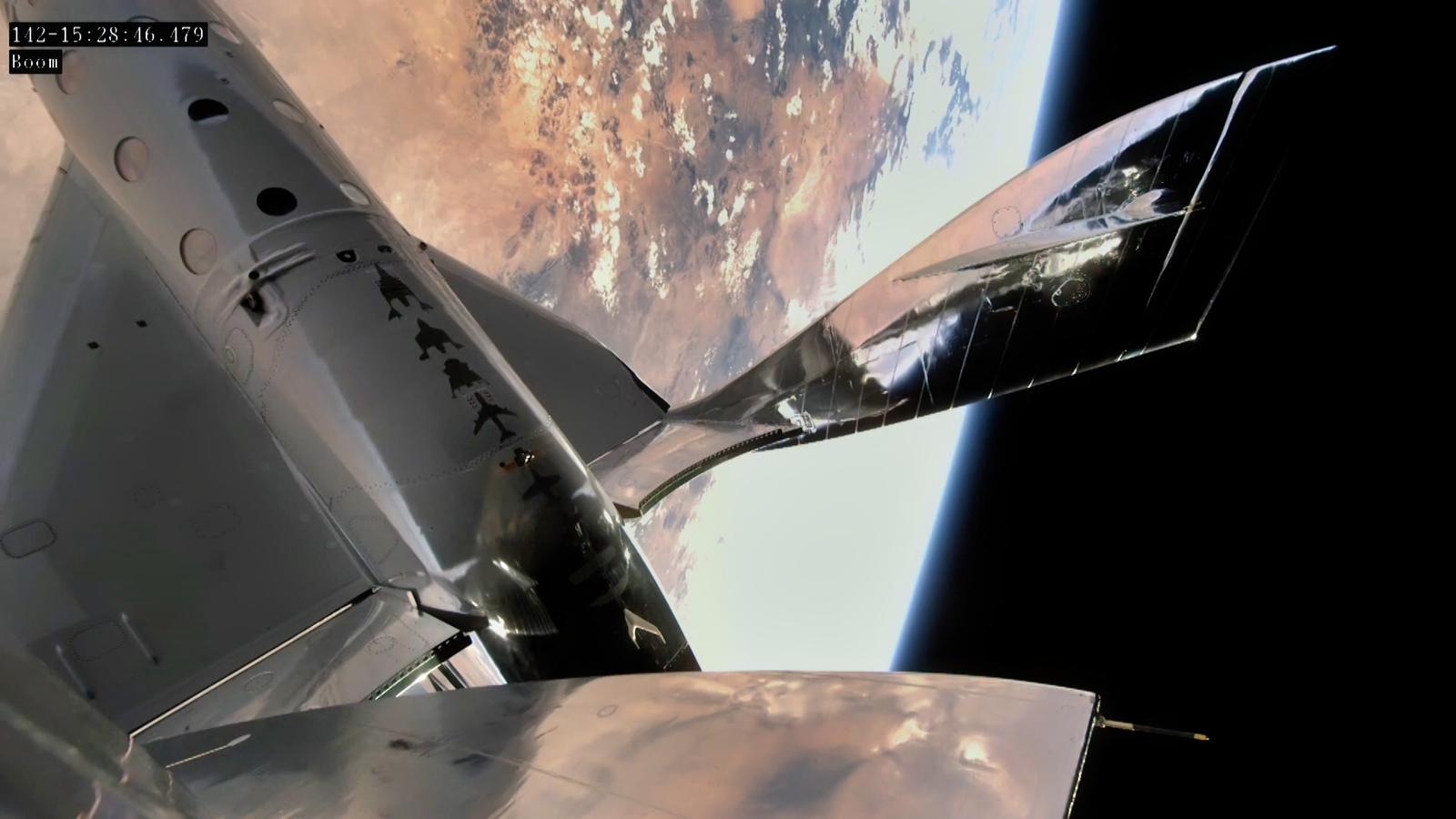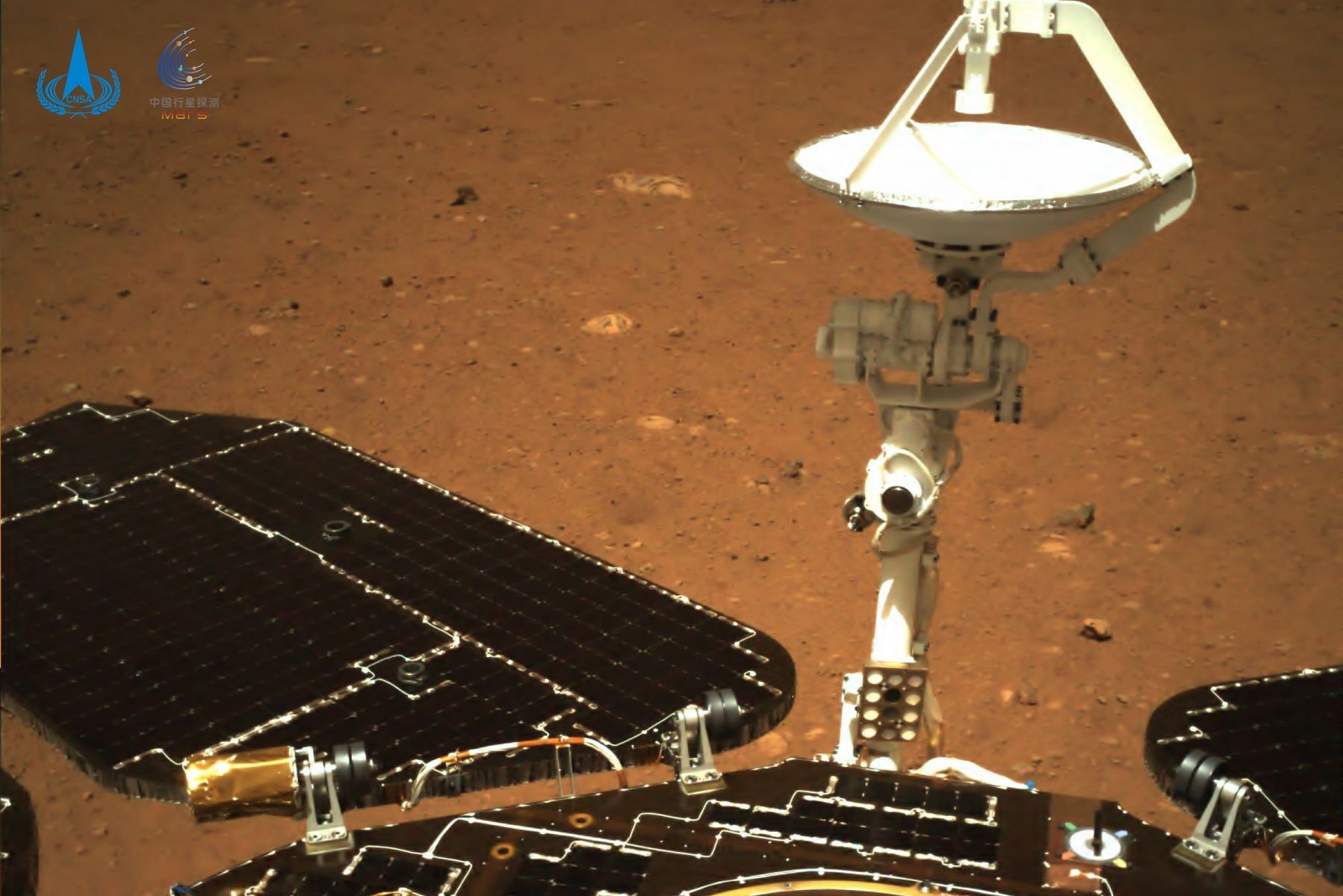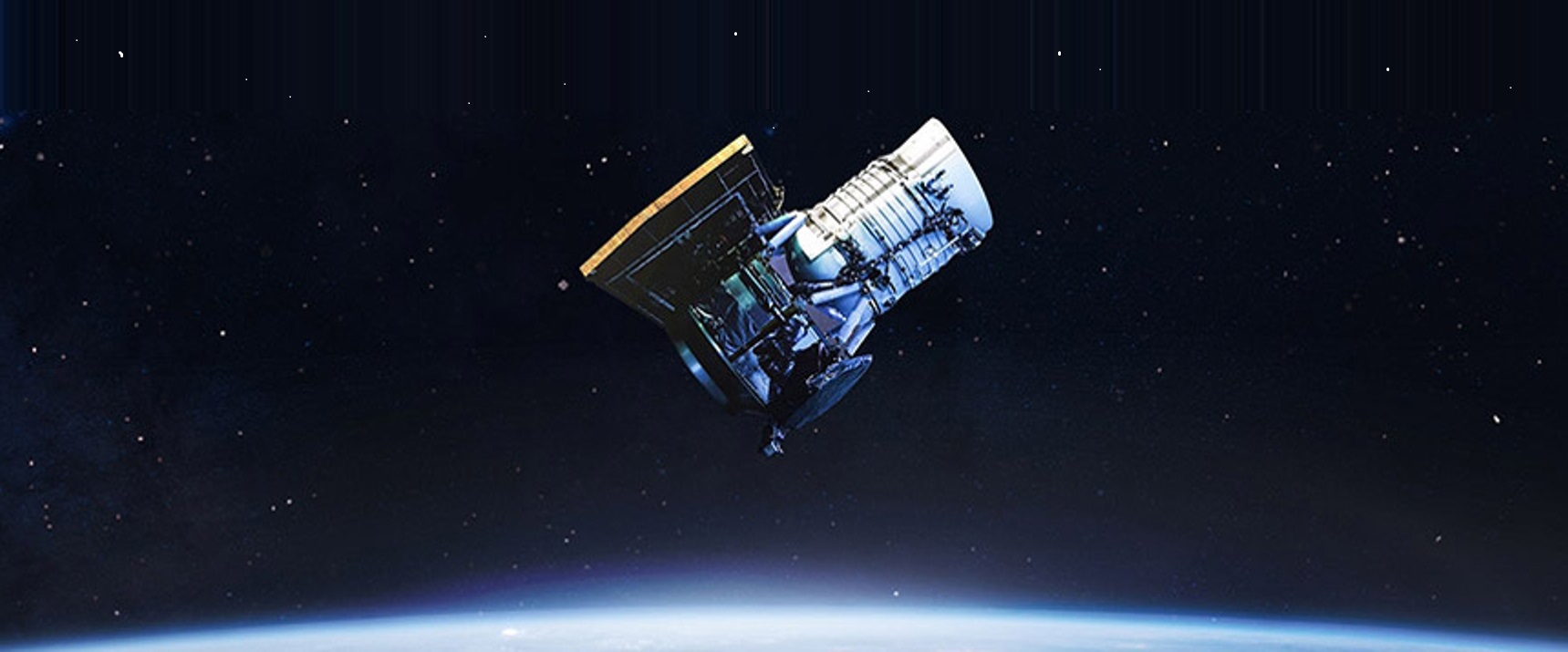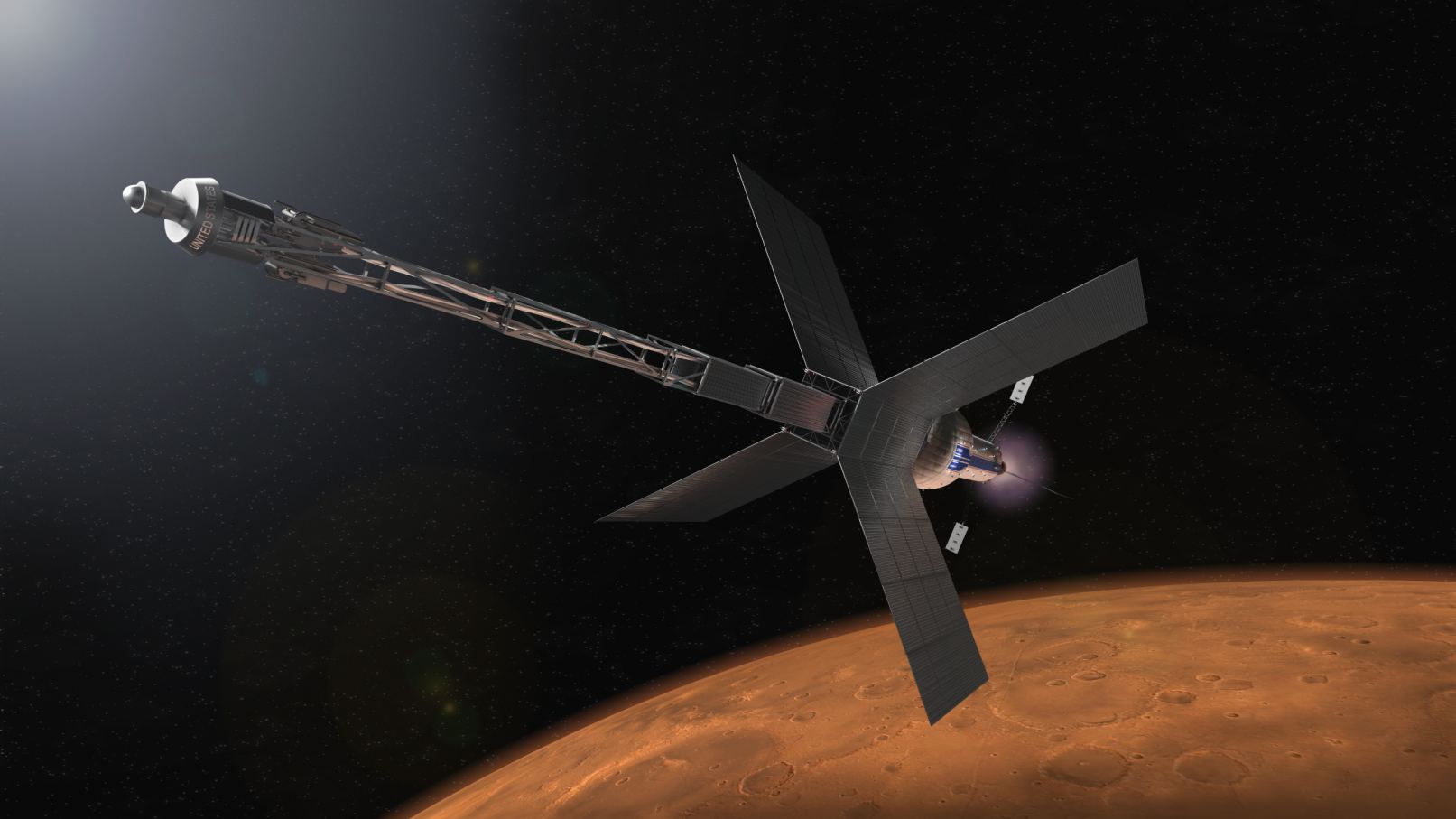After months of anticipation, U.S. intelligence experts have released a report citing 18 incidents since 2004 in which unidentified flying objects — or unidentified aerial phenomena, to use the Pentagon’s term — appeared to demonstrate breakthrough technologies.
The nine-page, unclassified version of the report doesn’t describe the incidents in detail, and doesn’t attribute them to aliens. But it suggests they’re not linked to existing U.S. military technologies.
The point of the report, produced by the Office of the Director of National Intelligence in response to a congressional mandate, is to assess the potential threat posed by the anomalous aerial phenomena reported by U.S. military fliers over the years, whether you call them UFOs or UAPs.
Intelligence experts said they didn’t have enough data to get a firm fix on the nature of 143 out of 144 UAP reports that were filed between 2004 and this March. The one case they said they could resolve “with high confidence” was attributed to a large, deflating balloon.
Their conclusion was that UAP sightings should get more attention.
Continue reading “Long-Awaited UFO Report Opens the Door Wider to Sharing Strange Aerial Sightings”

